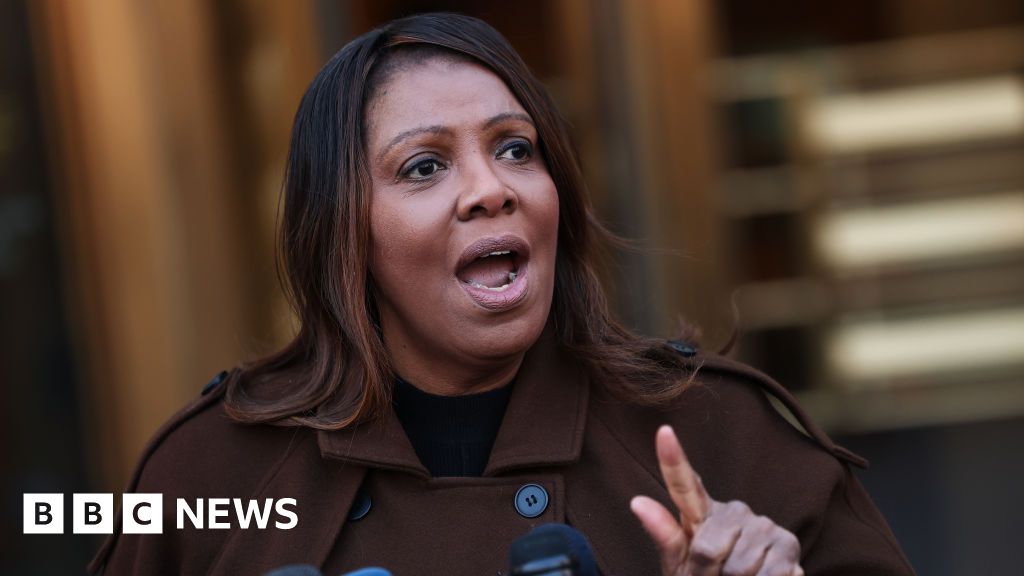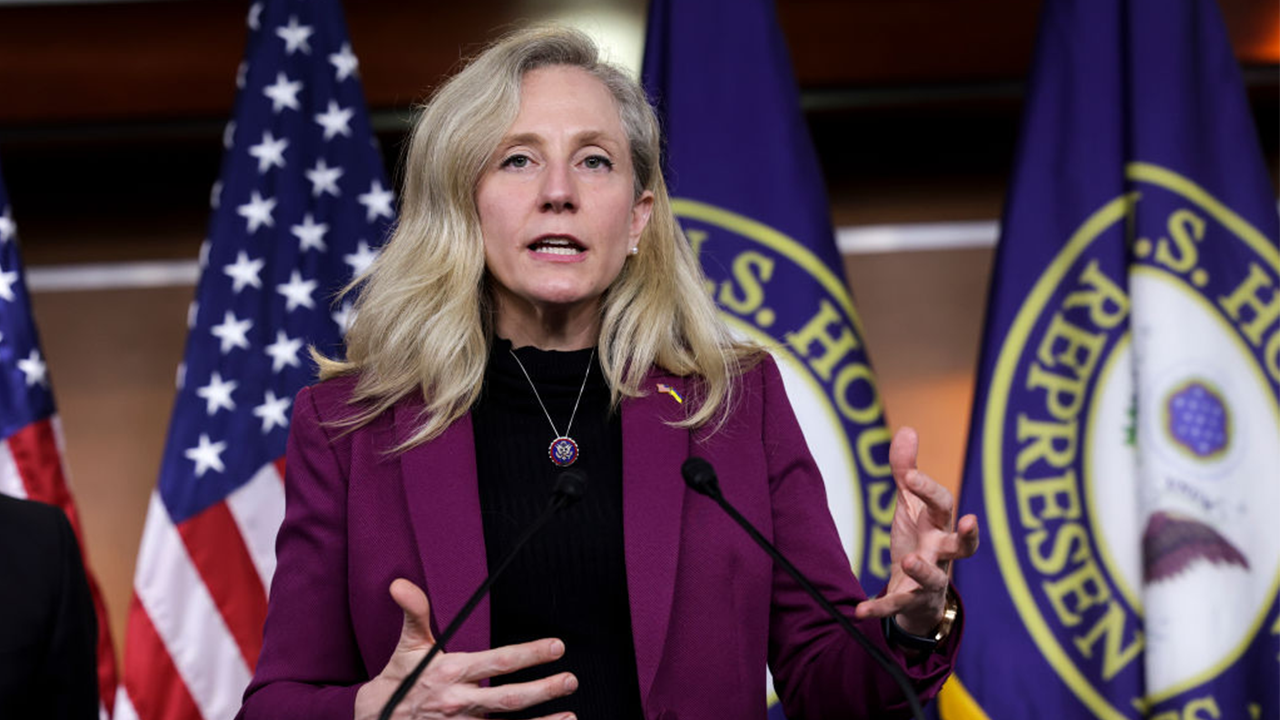Entertainment
Solange to build programming and teach course at USC Thornton School of Music

Over the last two decades, Solange has built an expansive career that knows no bounds.
Under the auspices of Saint Heron — the multidisciplinary institution she started in 2013 — the Grammy-winning artist and curator has fearlessly dove into the worlds of music, choreography, design, architecture, visual art and more. Most recently, Saint Heron launched a free library in hopes of preserving rare Black and brown literature and making it accessible to others.
Now, Solange Knowles is bringing her expertise to the USC Thornton School of Music, where she has been named the school’s first all-school scholar in residence. Working across all areas of the school — whose instruction offerings include pop music, arts leadership and the music industry — Solange will also join the Dean’s Creative Vanguard Program. (She’s the second member to be invited to the distinguished program, following her frequent collaborator, Raphael Saadiq, who joined in December.)
For Solange, whose work is deeply rooted in research, taking on this role feels like “a culmination of the many practices” she has embodied throughout her career, she said.
“I am a GED graduate,” Solange told The Times. “I was a teenage mom. I was pregnant with my son at 17, so I didn’t get to further my education in the classical sense. But I was really blessed and honored to have enriched these other parts of education through my art, through travel [and] through the globalization of my life.”
She added: “So to be able to have access and broader tools as a scholar in residence, to enrich that and deepen that, is really so exciting for me.”
Solange announced her residency on Monday during a sold-out talk at USC featuring Thornton School of Music Dean Jason King and Saint Heron collaborators Shantel Aurora, Diane “Shabazz” Varnie and Sablā Stays.
Solange’s custom-designed, three-year residency, which kicks off this week, will focus on working with Thornton leadership to develop the school’s first curricular and programmatic offerings in the field of music curation — a fast-growing area of the music industry that includes creative directors, documentary filmmakers, DJs and people who work in experimental design, King said.
Solange is slated to teach a class at the school in collaboration with Saint Heron, King and other faculty that will “explore the process of constructing curatorial frameworks alongside the context, craft and creation of musical landscapes,” according to USC. The class is tentatively titled “Records of Discovery: Methodologies for Music and Cultural Curatorial Practices” and will launch in fall 2027. (The course will formally be announced closer to its launch, according to USC.)
In her new role, Solange will also curate student-focused conversations and workshops with members of her Saint Heron team. That will include one surrounding “The Making of Eldorado Ballroom,” the acclaimed series she brought to Walt Disney Concert Hall in October 2024. Additionally, she will participate in USC’s forthcoming symposium, where she will discuss women in classical work and the work of composer Julia Perry.
Although Solange has worked with other universities in the past, she said now was the best time to do the residency.
“For decades now, I’ve watched the evolution of music and music curation, and I feel like I have something adequate to add to the conversation,” said Solange, who released her first album, “Solo,” at 15. “I feel really inspired by the idea of my 15-year-old self being able to have someone sort of walk me through the footsteps of what I was about to embark on. So if I can, in any role, be a vessel of guidance, it really just sort of warms my heart that I am given the opportunity to be in that space.”
She added: “Being able to help students navigate what that is for them is like a dream job.”
King, a longtime fan of Solange’s work, said he thinks she is the best person to teach music curation at the school because of her ability to create worlds, as she has done via Saint Heron and through albums such as “When I Get Home” (2019) and “A Seat at the Table” (2016).
“I think the work that she does as a music curator is very singular and very unique, so I’m hoping that she’s going to bring that uniqueness into the classroom and [her] programming,” said King, who served on the board of the Lena Horne Town Hall Prize that gave its inaugural award to Solange in February 2020. “I think she herself will be a model for how to do this kind of work and to do it differently.”

Movie Reviews
8News Reel Talk: ‘Tron: Ares’ movie review

RICHMOND, Va. (WRIC) — In this episode of 8News Reel Talk, digital producers Tannock Blair and Julia Broberg returned to the WRIC NOW studio to discuss the latest entry in Disney’s “Tron” franchise.
Directed by Joachim Rønning and starring both Jared Leto and Greta Lee, “Tron: Ares” was released on Friday, Oct. 10.
The hosts gave their reviews and assigned the following star ratings:
Tannock: ★★☆☆☆
Julia: ★★☆☆☆
To watch more livestreams and digital video content, head to the WRIC NOW page. You can also watch full on-demand videos on your smart TV using the WRIC+ app.
Movie Reviews
Will Movie Review: This Sincere Legal Drama Meanders At Will

The Times of India
TNN, Oct 14, 2025, 12:26 PM IST
2.0
Will Movie Synopsis:After dividing his properties between two sons, an elderly man’s will unexpectedly includes a property transfer to an unknown girl named Shraddha. Inspired by a real-life incident, this legal drama follows a mysterious case.Will Movie Review: When a new judge (Sonia Aggarwal) is transferred to the Madras High Court, we witness a series of lawyers’ requests for preponement or postponement of multiple cases. While one insists that a hearing be scheduled earlier, as it deals with a film’s release date, another cites the unavailability of a senior lawyer to push a different case to a later time. Through a series of discussions, light banter, and everyday exchanges, we see the court come alive in a way rarely seen in Tamil cinema. We’re not in the middle of a heated argument or a silence-filled room waiting for a confession, but rather a simple meeting between lawyers and a judge to hear routine matters. This touch of realism instantly pulls you into the world of Will, and it’s no surprise when you learn that debut director S. Sivaraman was once an advocate.That said, this is one of the rare moments when this legal drama appears focused and to the point. The film follows an old man’s will, which mentions a seemingly random property transfer to an unknown girl named Shraddha (Alekhya Ramnaidu). When a suit is filed in court, a lawyer-turned-cop, Murugan (Vikranth), begins his search for Shraddha. The confusion begins here. A series of events in this investigation does not play out clearly, keeping us in the dark. For instance, Murugan connects two seemingly unrelated cases to find the location of Shraddha; however, we never understand how he initially realized that these cases might be related.The narrative gradually drifts from courtroom drama to investigation to an emotional family drama. While each strand works on its own, these never truly blend into a cohesive whole. Shraddha’s story is moving – yet the way it ties different threads to finally talk about the sacrifices of women, and a few unnecessary subplots, like the one about Shraddha’s husband or a ghost employment scam, pack way too much information. This constant shift from its central focus becomes quite distracting.Sonia Aggarwal makes a strong impression in her brief role as the new judge, but appears in only a handful of scenes. Vikranth is earnest as a sensitive cop, yet it’s Alekhya Ramnaidu who stands out, portraying Shraddha’s pain with a lot of depth.Sivaraman’s debut film is full of heart, with a moving portrayal of a woman’s life and the choices she makes to protect her family. However, the legal drama struggles to find its balance and often gets lost in its own argument. Written By: Harshini SV
Entertainment
San Cha upends telenovela archetypes in experimental new opera, ‘Inebria me’

For L.A.-based musician, composer and artist San Cha, the Spanish language is a creative gold mine. “One of my favorite Spanish words is ‘embriágame,’ which I think the direct translation is ‘make me drunk’ or ‘intoxicate me,’” she says. “I love that word. I think there’s a song by Thalía that has that word, it’s called ‘Piel Morena,’ and every time she said that, I’m like — ‘That’s it!’”
San Cha is speaking of her latest work, “Inebria me,” ahead of its Los Angeles premiere Thursday at REDCAT, inside the Walt Disney Concert Hall complex. “Inebria me” is a 90-minute experimental opera that expands on her critically acclaimed 2019 ranchera fusion album, “La Luz de la Esperanza.” San Cha stars as Dolores, a humble bride to the much wealthier Salvador, whose jealousy turns deadly; enter Esperanza, a genderless spirit of empowerment, who helps light Dolores’ path to freedom.
Having gone from singing rancheras in the restaurants of Mexico City to experimenting in underground drag scenes in the Bay Area, San Cha has developed a knack for synthesizing disparate influences that result in visually arresting and thought-provoking work. Born Lizette Gutierrez in San Jose to Mexican immigrant parents, San Cha grew up offsetting her intense Bible study by binging on telenovelas after school. It shows in “Inebria me,” where she employs the classic narrative structure of the telenovela, but with a queer twist. “I wanted to hold [onto] the queerness of [the story] and the religious aspects of it,” she says.
The opera is the latest of San Cha’s collaborative efforts. She’s previously linked up with an array of artists — including La Doña, Rafa Esparza, Yesika Salgado and even country singer Kacey Musgraves, who featured San Cha in a pivotal moment from her 2021 visual album, “Star-Crossed.” Darian Donovan Thomas also stars in “Inebria me,” alongside Stefa Marin Alarcon, Lu Coy, Kyle Kidd, Carolina Oliveros and Phong Tran.
In our latest interview, she discusses developing her music for the stage and what it took to build the confidence to advocate for her original vision on her own.
This interview has been edited and condensed for clarity.
San Cha performs with Darian Donovan Thomas on Sept. 5 at the Winningstad Theatre in Portland, Ore.
(Jingzi Zhao)
When did the idea to adapt “La Luz de la Esperanza” come to you?
It actually came to me in 2023 or 2024 when I partnered with the National Performance Network for this grant. I started talking with the Portland Institute for Contemporary Art, which was already on board, and the Performance Space New York. Like, what would I do to adapt this work?
Did you have experience in traditional theater growing up?
No, I didn’t. And I also didn’t watch too many movies. I missed out on a lot of those very American experiences. People would be like, “Do you know this movie?’ And “It’s like a classic,” and it’s like “No.” I was really sheltered, you know, “I’m over here in Bible study” kind of s—.
Has anyone in your family seen this piece? If so, what was their feedback?
My parents saw a trial version of this piece in San Jose, my hometown. They saw the PG-13 version, which is what I’d like to say, and my mom was confused; I don’t even know how my dad felt. My mom’s one comment was, “You didn’t sing rancheras. Everyone wants you to sing rancheras.” And I was like, “Oh, my God.” So they also came to the closing night with a big group, and I sang the rancheras for them at the end.
How would you relate “Inebria me” to what’s considered a “traditional” opera?
I would say it has a very clear narrative … everything is sung, except for the parts [where] the Man [is] talking or speaking.
I sing rancheras [and] that kind of blends into operas. I didn’t grow up being an opera singer, or wanting to be an opera singer, but somehow it developed in that direction. In this, we get to be all the things: a little hardcore, a little pop, a little mix with opera.
Where did the idea to bring in telenovelas come from?
I wanted to make a telenovela set to music. And because I’d never seen a queer telenovela … I just was like, I want to make the telenovela and set it to disco music … something electronic, glamorous. It [speaks to] the illusion of glamour, underneath everything is ugly and twisted.
What was your first memory of watching a telenovela?
There are so many. I’d watch the kid telenovelas. But there’s one in particular … it’s one where Lucero, a big pop star in Mexico, plays three versions of herself, so she’s a triplet. And there’s one [version] that is so evil. I still remember, [the characters] would get very BDSM … like locking people up! As a kid, I was feeling like … “Why am I watching this? I’m a child!”

“I didn’t grow up wanting to be an opera singer, but somehow it developed in that direction,” says San Cha of “Inebria me.”
(Jingzi Zhao)
You’ve talked about how drag queens were instrumental, especially early in your career. Queer and drag culture have come into mainstream pop and youth culture on the one hand, but remain demonized on the other. How do you reconcile those two extremes in your work?
I guess visibility doesn’t always mean safety or acceptance. I remember being in San Francisco and seeing drag that wasn’t as polished and more on the fringe side of it.
I was … kind of hating it when I got to L.A. and how polished everyone was. But when I saw “RuPaul’s Drag Race” reruns on VH1, I was like, “This is literally life-changing.” And how cool that this is becoming mainstream!
In a previous interview, you discussed sin and guilt as the themes of this work. Many artists have explored this theme in various ways across different cultures and times. Why do you think ideas around guilt and sin hold such power over us?
You’re made to do what you don’t want to do by [people] making you feel shame for the ways you act. And in [“Inebria me”], the sisters each have a confession, and I wanted to make that a focal point — with the nun, the religious person.
In telenovelas, there’s always a priest [they] talk to when they have troubles, you know? And I think in the [Catholic practice of] confession, it is important to relieve yourself of the shame and guilt. But it’s almost like you relieve yourself and then you feel shame, you know? And that’s the part that stops growth, evolution and freedom.
For someone whose first impression of “Inebria me” is that it’s not for them, what do you think they would be surprised to discover or an element they would enjoy?
Everyone in this piece is a star, everyone’s a diva. I think they all really shine on their own, and they really bring it with the acting. Their voices are all incredible, and their stage presence. Maybe they could be into the scene design by Anthony Robles — it’s super minimal, but it does so much for the space in creating this oppressive world. I think there is something for everyone. It’s a story that can relate to a lot of people.
-

 Augusta, GA4 days ago
Augusta, GA4 days ago‘Boom! Blew up right there’: Train slams into semi in Grovetown
-

 Wisconsin5 days ago
Wisconsin5 days agoAppleton Public Library wins 2025 Wisconsin Library of the Year award for distinguished service
-

 Vermont5 days ago
Vermont5 days agoFeds: Springfield dealer ran his drug business from Vermont jail
-
Business5 days ago
Los Angeles Times Media Group takes step to go public
-
Virginia5 days ago
Match 13 Preview: #8 Virginia
-

 West Virginia6 days ago
West Virginia6 days agoWest Virginia eatery among Yelp’s “outrageous outdoor dining spots”
-

 News4 days ago
News4 days agoWhat we know about the charges against New York’s Attorney General Letitia James
-

 Politics5 days ago
Politics5 days agoSpanberger refuses to urge Jay Jones to exit race, dodges questions after ‘two bullets’ texts















